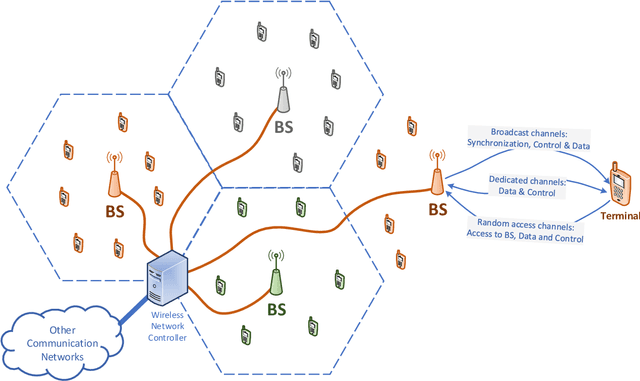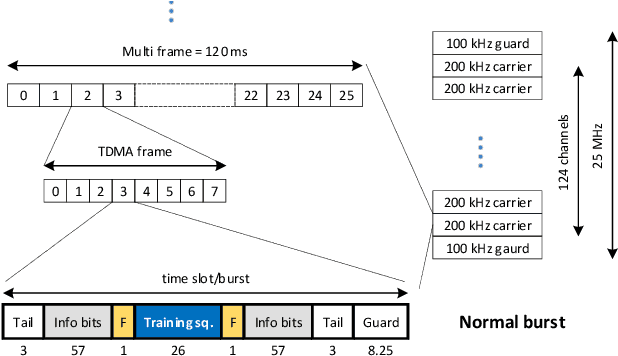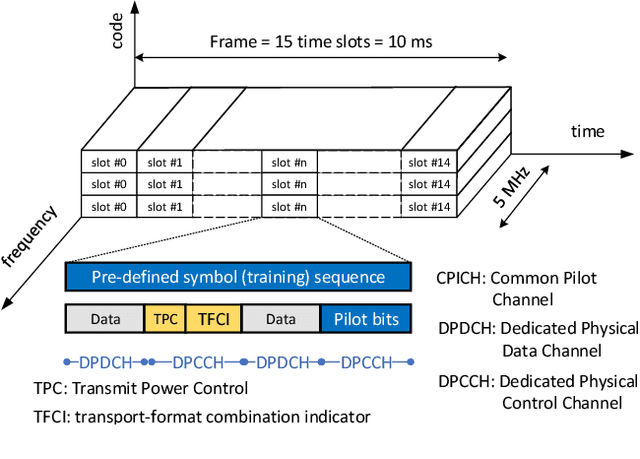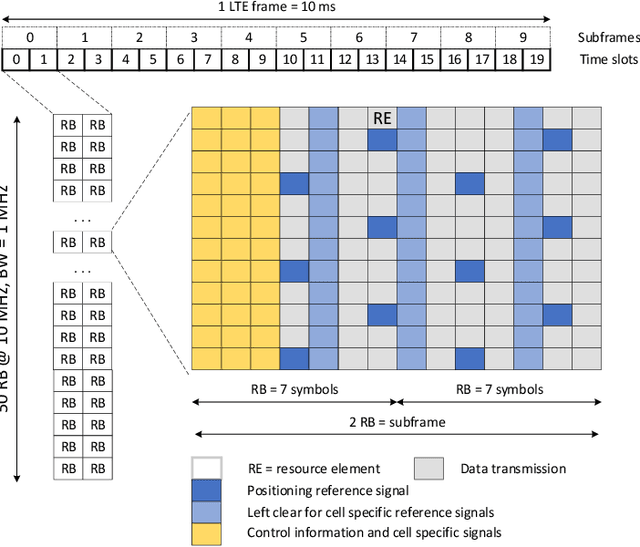Andrej Hrovat
5G Channel Models for Railway Use Cases at mmWave Band and the Path Towards Terahertz
Jan 28, 2025



Abstract:High-speed trains are one of the most relevant scenarios for the fifth-generation (5G) mobile communications and the "smart rail mobility" vision, where a high-data-rate wireless connectivity with up to several GHz bandwidths will be required. This is a strong motivation for the exploration of millimeter wave (mmWave) band. In this article, we identify the main challenges and make progress towards realistic 5G mmWave channel models for railway use cases. In order to cope with the challenge of including the railway features in the channel models, we define reference scenarios to help the parameterization of channel models for railway use at mmWave band. Simulations and the subsequent measurements used to validate the model reflect the detailed influence of railway objects and the accuracy of the simulations. Finally, we point out the future directions towards the full version of the smart rail mobility which will be powered by terahertz (THz) communications.
Near-field Beam Steering with Planar Antenna Array
Mar 25, 2024



Abstract:Beam steering enables manipulation of the electromagnetic radiation patterns in antenna array systems. A methodology for steering beams in the near field of a planar antenna array with known phase wavefront functions towards arbitrary azimuth and elevation angles is described in this paper. Rotation of the phase wavefront function is used while preserving the shape. The phase shifts for antenna element excitation currents are determined based on the distances from antenna elements to the nearest point on the rotated wavefront. Beam steering utilizing a Gaussian and a Bessel beam is studied. Phase distribution examples for various steering directions are considered. For Bessel beam steering, a discussion on the resulting beam shapes and the steering impact on the polarization mismatch is provided. The results show a non-negligible magnitude of the cross-polarization with values depending on the steering direction.
Radio technologies for environment-aware wireless communications
Nov 30, 2022



Abstract:In this paper, we critically review the potential of today's terrestrial wireless communication systems including wireless cellular technologies (GSM, UMTS, LTE, NR), wireless local area networks (WLANs), and wireless sensor networks (WSNs), for estimating channel state information (CSI), the ratio between training and information symbols and the rate of channel variation, and the potential use of CSI in environment aware wireless communications. The research reveals, that early communication systems provide means for narrowband channel estimation and the CSI is only available as channel attenuation based on signal level measurements. By increasing the spectral bandwidth of communications, the CSI is estimated in some form of channel impulse response (CIR) in almost all currently used radio technologies, but this information is generally not available outside the communication systems. Also, the CSI is estimated only for the channel with active communications. The new radio technology (NR) offers the possibility of estimating the CIR for non-active channels as well, and thus the possibility of initiating environmentally aware wireless communications.
 Add to Chrome
Add to Chrome Add to Firefox
Add to Firefox Add to Edge
Add to Edge